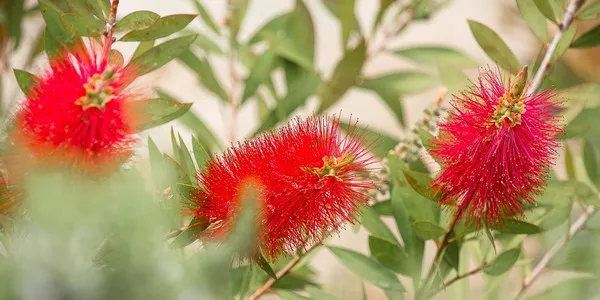A cutting-edge AI system capable of counting flowers on fruit trees is revolutionizing agricultural forecasts by enabling farmers to predict harvest sizes months in advance, ultimately enhancing crop yield profitability.
Developed to analyze images captured by standard smartphones, the AI accurately estimates the number of flowers on fruit trees by identifying intricate patterns and features, such as petal edges and shapes, even in instances where flowers overlap or are partially obscured.
In a recent trial conducted on peach orchards in Spain, the AI achieved an impressive 90% accuracy rate in predicting flower counts. This represents a substantial improvement over traditional manual methods employed by farmers, which often yield error rates ranging from 30% to 50%, such as visual estimation or area sampling.
By delivering precise yield forecasts up to six months ahead of harvest, the AI system offers significant advantages to farmers, including those in the UK. It facilitates optimal water management, enhances resource allocation efficiency, and enables better planning of harvesting and distribution logistics.
The agricultural sector, consuming 65% of the world’s fresh water with nearly half lost to waste, faces significant challenges. Moreover, approximately 45% of fruits and vegetables intended for human consumption are lost or wasted annually across the global supply chain.
Researchers at the National Robotarium, based in Edinburgh and a leading center for AI, are currently validating the AI system’s predictions against the actual peach harvest expected in September 2024. If successful, the researchers anticipate adapting this approach for other vital crops like apples, pears, and cherries, offering substantial benefits to UK growers.
Fernando Auat Cheein, associate professor specializing in autonomous systems at the Robotarium, highlighted the broader applicability of the technology beyond peaches. He emphasized, “Farmers worldwide often rely on manual methods with significant margins of error. By harnessing AI and leveraging smartphone technology, our approach seamlessly integrates with traditional farming practices, facilitating adoption of innovative solutions without requiring a complete overhaul.”
Throughout development, researchers collaborated closely with peach farmers in Spain to understand their specific challenges and ensure the system met their needs. Farmers praised the AI’s simplicity and accuracy in flower counting, acknowledging its potential to inform critical decisions in crop management, such as targeted pruning and herbicide application.
Mr. Cheein added, “By focusing efforts on areas projected to yield the highest fruit output, farmers can optimize resources, reduce environmental impact, and maximize both quantity and quality of their harvest.”
The integration of AI-driven flower counting marks a significant step forward in sustainable agriculture, promising to enhance productivity and profitability while minimizing environmental footprint across global farming practices.


